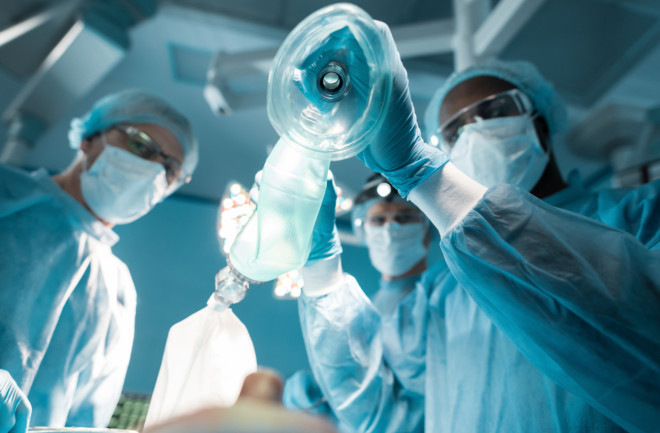In September 1811, British novelist Fanny Burney discovered a concerning lump in her breast. On the advice of her physician, she underwent a mastectomy in Paris at age 59. But anesthesia as we know it today wasn’t yet available, and Burney was awake throughout the four-hour ordeal. She later wrote to her sister about the agony: “I then felt the Knife [rack]ling against the breast bone — scraping it!” Despite the pain, surgeons considered the procedure a success and Burney lived for almost three more decades.
In the same year, Abigail Adams Smith, daughter of founding father and second U.S. president John Adams, also endured a mastectomy. Smith had found a lump at age 46, and as it grew she agreed to allow surgeons to remove her breast. After belting her to a chair in an upstairs bedroom of the Adams home, the surgeon thrust a prong into her breast, lifted it and began to cut with a razor. Smith’s wounds were cauterized with a hot spatula from the fireplace. The entire surgery lasted 25 minutes. Unfortunately, it did not save her life as intended and she died two years later at the age of 48.







